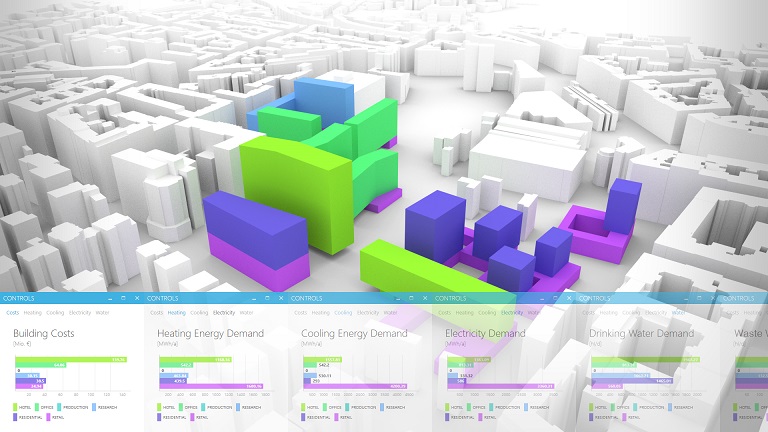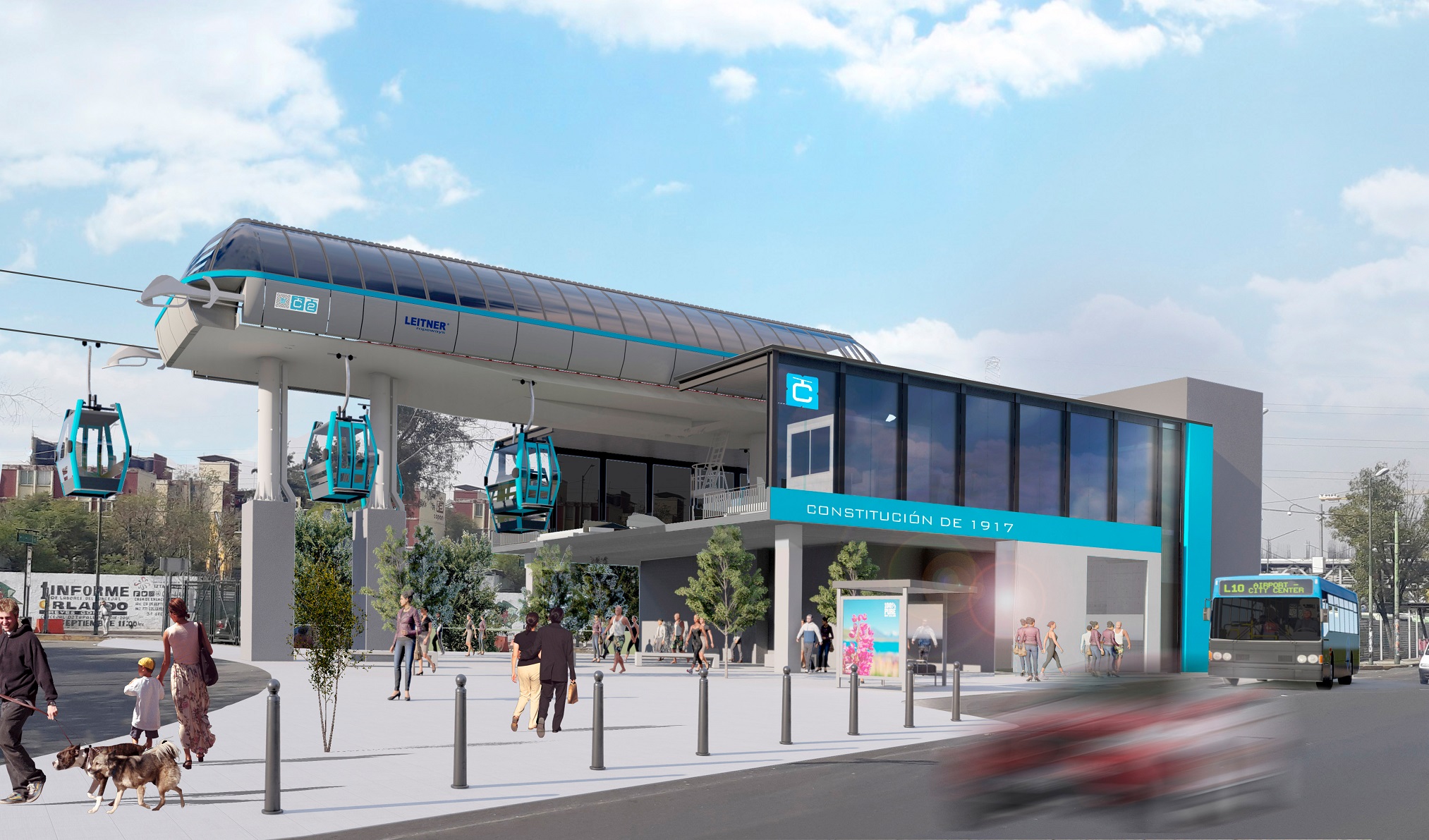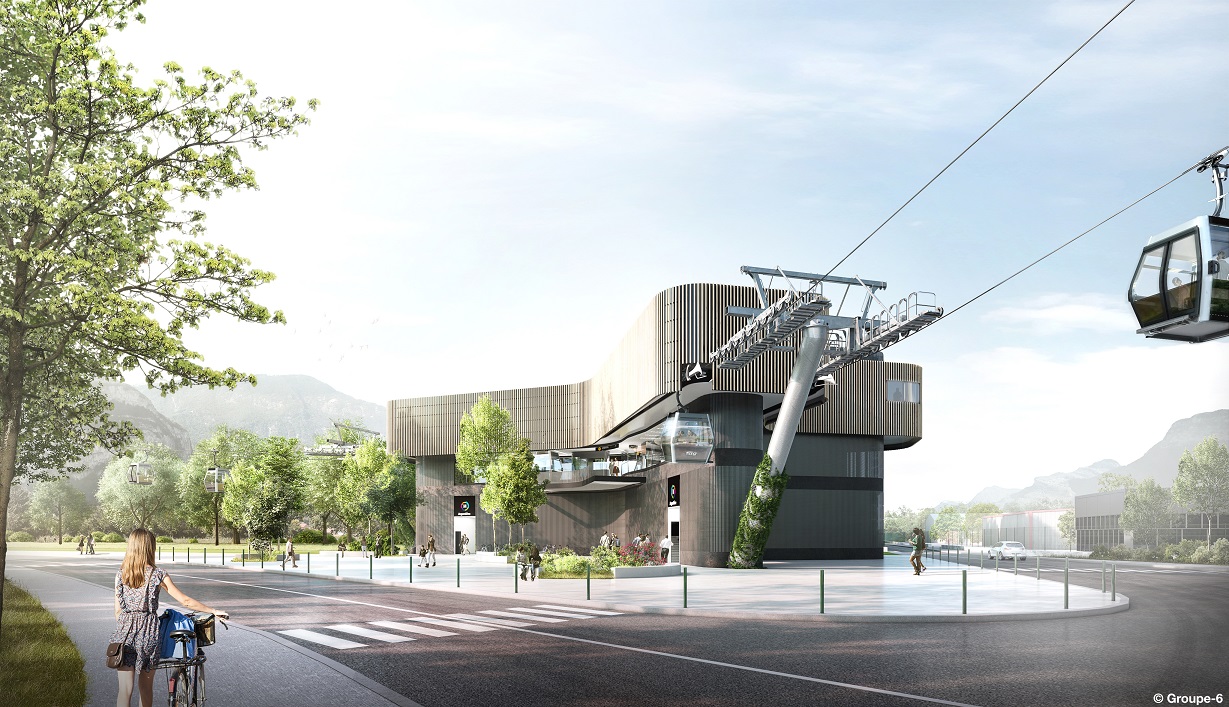Cable Car & digital urban planning
Digitalisation in urban development in the view of ilf consulting engineers.
CONSTRUCTION OF AN URBAN TOURIST CABLE CAR ANNOUNCED
Between two mountains, amid a wonderful natural landscape, an urban tourist cable car is to be constructed in the South American city of Paraguarí. This was announced by the Governor of the eponymous province in Paraguay at the start of July 2020.
A CABLE CAR TROUGH THE DISTRICT
When developing new urban districts, investors and developers increasingly have to engage actively with resolving transport problems and to offer the cities solutions. In Munich, property developer CV Real Estate is therefore planning a cable car for the east of the German city.
SUCCESSFUL OPENING OF THE FIRST BARTHOLET FUNICULAR RAILWAY SINCE 2017
The F3 metro in Istanbul represents a milestone in the history of cable car manufacturer BARTHOLET. This is where the company’s first funicular railway was completed.
LEITNER ROPEWAYS CONTINUES EXPANSION OF THE URBAN CABLE CAR SYSTEM
From 2021, two new urban cable cars from LEITNER ropeways will go into operation in Mexico City. In the district of Iztapalapa in the southeast of the metropolis, the system with a total length of almost eleven kilometres will offer commuters a better and above all safer connection to the metro stations. The city is investing a total of 130 million euros in the development of an efficient mobility infrastructure.
Multi-MODULAR CABLE CAR FROM POMA
From 2024, the first multi-modular urban cable car in Western Europe will connect three tram lines and four districts in the French city of Grenoble.





